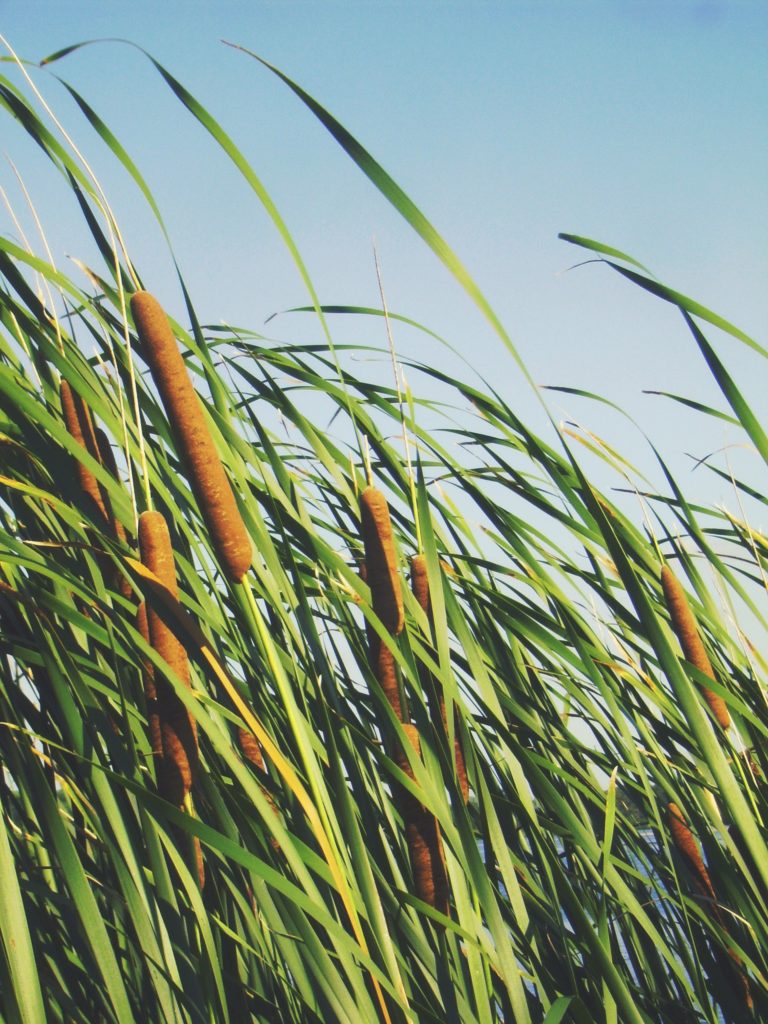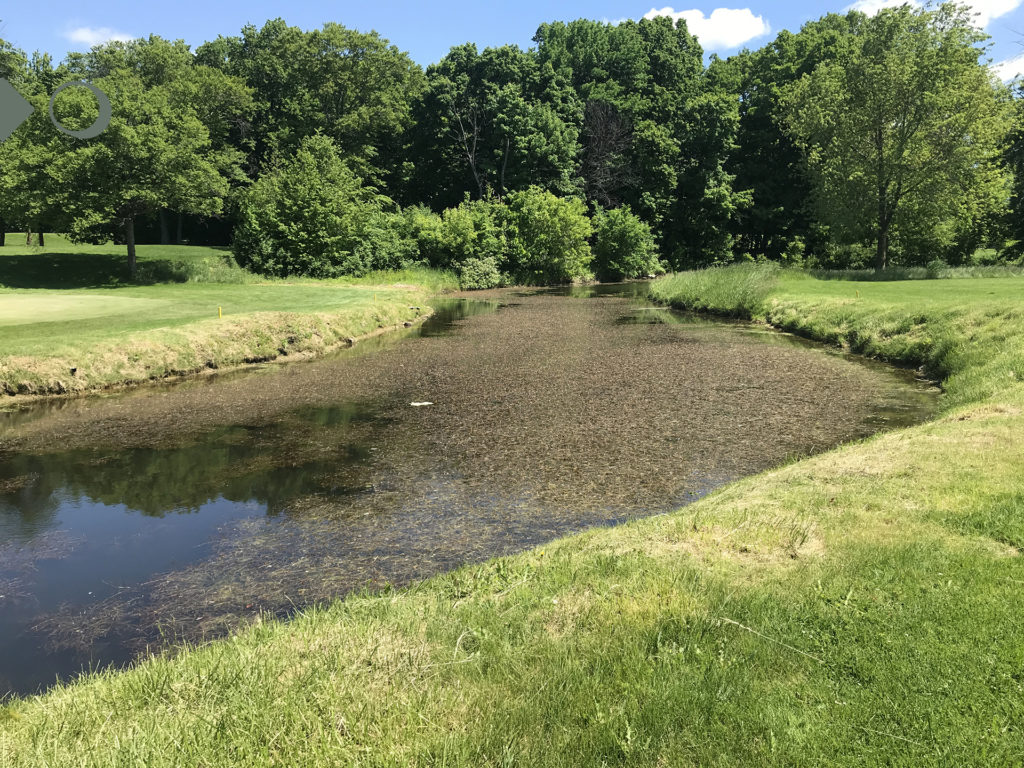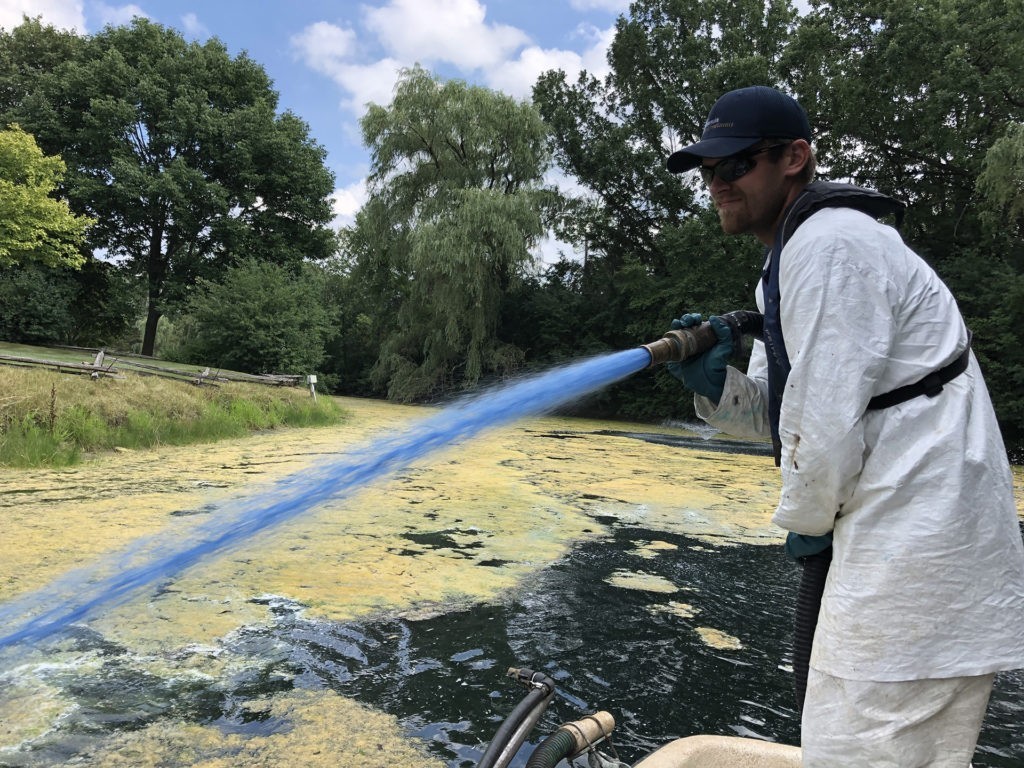By: Nicholas Lorge, Aquatic Field Biologist
Whether in a lake or pond setting, there are many different products available that are used for different management protocols. No matter if dealing with algae problems, nuisance plant growth, excess nutrients, poor water clarity, there is most likely a specific product to remedy the situation. It is important to choose the correct product depending on the situation, as well as the correct rate. These are arguably the most important factors when looking into the management of a waterbody.

Algaecides
Typical algaecides are comprised of a copper-based active ingredient, with a mix of other ingredients (adjuvants) that increase the overall effectiveness of the product. Algaecides come in both a liquid and granular form, so it is important to first determine when is the correct situation for the type of algaecide. Most algaecides require contact with the algae to be effective, so in many cases, when algae are submerged, it may be best to use a granular algaecide, as it will sink into the algae immediately. This same application may not be ideal for algae on the surface of the water because it will not effectively dissolve into the entire mat of the algae. For large surface mats, liquid algaecides spread uniformly across the entire mat is the most effective.
Aquatic Herbicides
Aquatic herbicides can come in a variety of active ingredients, forms, release time, etc. They can be selective to a particular group of aquatic plants, or they can have a broad range of aquatic plants that can be treated. With all pesticides, it is important to read and understand the label, and especially for aquatic herbicides. The label will give the uses of the products for specific plant species, and also recommended rates that will be most effective for the target species. For example, a product with a diquat active ingredient may be effective at lower rates for a plant in the Potamegaton genus and will require high rates to treat many plants in the Ceratophyllum genus.

Terrestrial Herbicides
Generally, terrestrial herbicides are used in the aquatic and landscaping industry for controlling weeds of any sort, as many are in the broad-range use category. If the intended use is around or in an aquatic environment, the product must be labeled for aquatic use, and not terrestrial. Similar active ingredients are used in both terrestrial and terrestrial for aquatic use herbicides, but the difference comes in the adjuvants mixed with the product. Most often, terrestrial herbicides that are labeled for aquatic use are used to control cattails, the invasive phragmites, and other nuisance and invasive emergent plants that are not submerged in water. These products are only effective when they are in contact with the target plant, so precision is needed when applying these products. Also, because many of these products are non-selective, it is important to avoid overspray at all costs. The application will most likely kill or damage lawns and other wanted plants that come in contact with the product.
Nutrient Management
Without a doubt, the most overlooked products are products that are used for nutrient management and control. These types of products are considered “proactive” in that they can remedy an issue before one becomes present. Many products that are used for nutrient management are based on beneficial bacteria, but others include products like Phoslock and alum products, which work by binding and sinking unwanted nutrients to an aquatic system. These types of products can be very effective in a short amount of time, compared to the lengthy time needed for control through bacteria. In the end, every waterbody is different, so different products will be more or less beneficial depending on the characteristics of the pond or lake.
For recommendations for your waterbody, contact our office to speak to an aquatic biologist.
